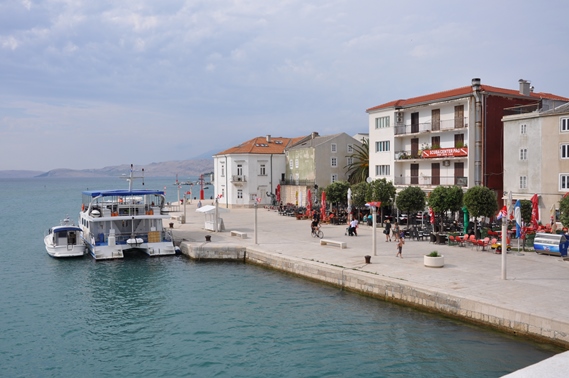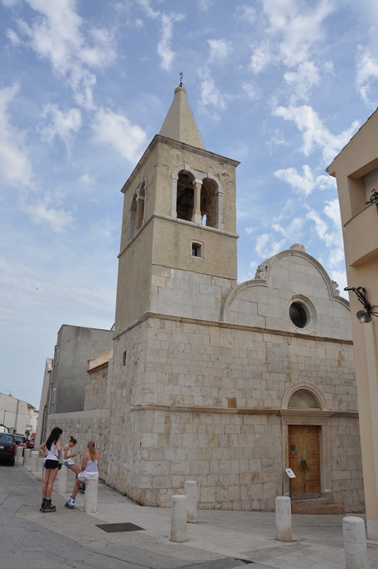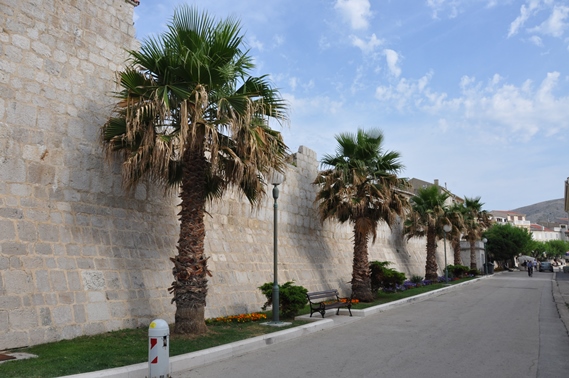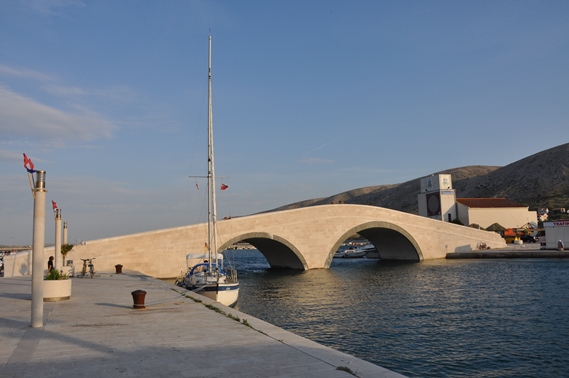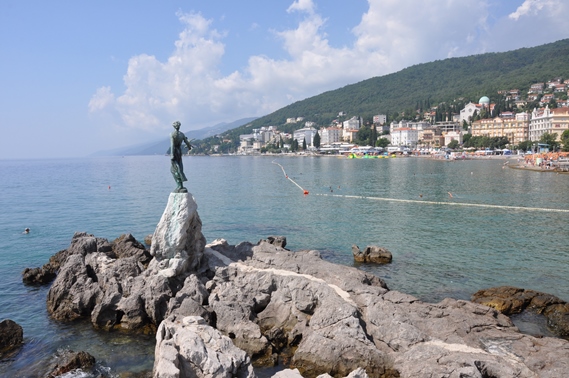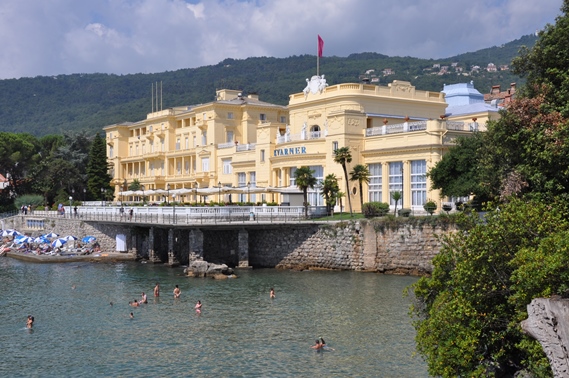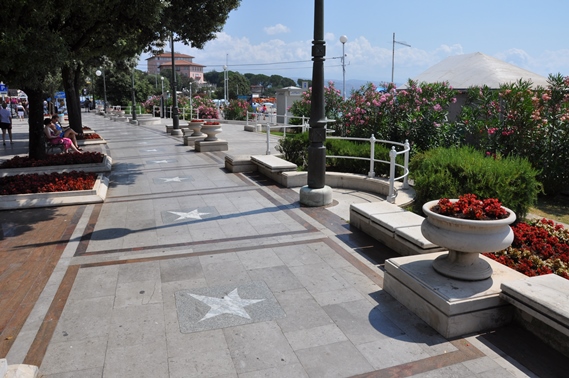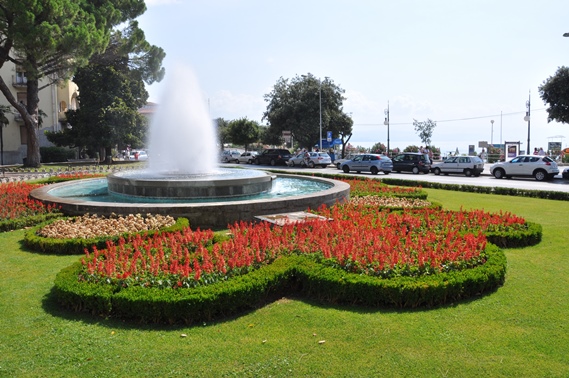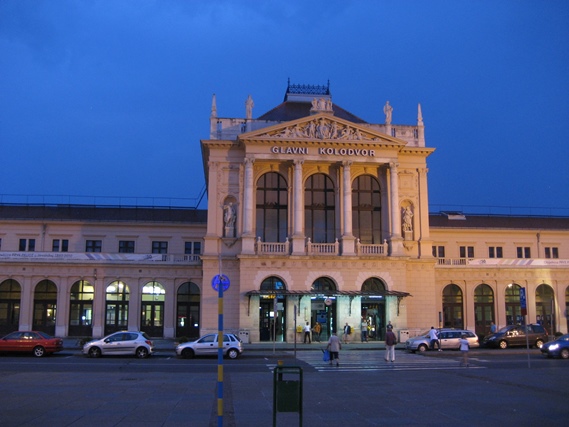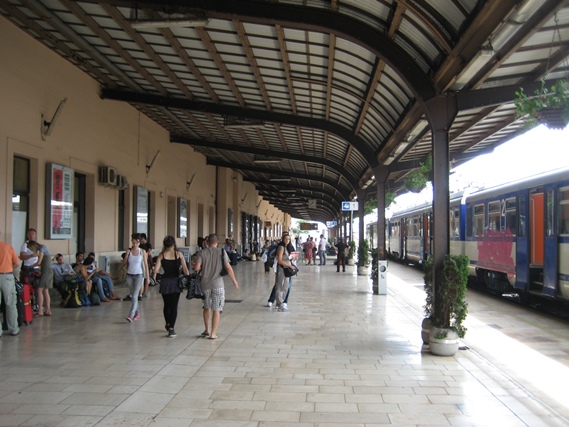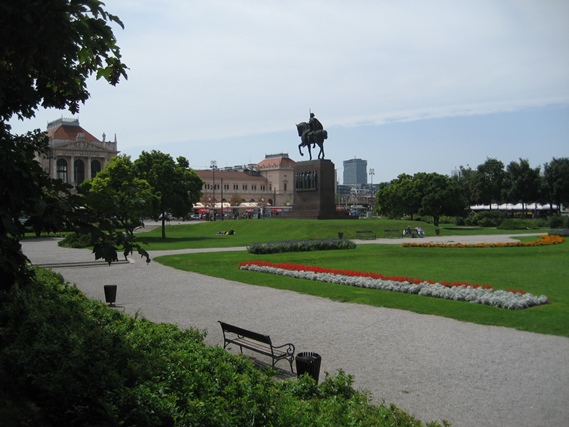Pag Town is the centre of the island of Pag. It was founded in the 15th century and is a rarely found well preserved middle age walled-in town. Today is the cultural, administrative and the touristic centre of the island. The plans for its construction were made by the renaissance architect Juraj Dalmatinac. Valuable historical and cultural monuments are the Parish church of St Mary on Kralja Petra Krešimira IV square, the old Tower, Duke’s palace, the old Tower, the remnants of the town walls. Pag abounds in gravel and sandy beaches and many fresh water springs.
Monthly Archives: February 2015
Opatija
Opatija is situated in the Gulf of Kvarner below the mountain and Nature Park Učka. Old names of Opatija are Sankt Jakobi and Abbazia. Opatija is a great choice for a vacation in winter and summer season. Amazing nature, parks, climate, hotels and old Austrian villas, beaches and seaside promenade attracts tourists from Europe and all over the world for more then 160 years. The most beautiful attractions are Villa Angiolina, Maiden with Seagull, Saint James’s Church, Croatian Walk of Fame, Saint James Park, Lungomare, Hotel Kvarner and many other. Opatija is the leading tourist destination in Croatia for the organization of conventions.
Railway Station in Zagreb
The railway arrived in Zagreb in 1862, connecting the city to the cultural and economic centres of Budapest and Vienna. The Main Railway Station building in Zagreb was designed by Hungarian architect Ferenc Pfaff. Incorporating a mixture of Neo-classical and Renaissance elements, it is a fine addition to the parade of building that lies along the route of Lenuci’s Horseshoe. Travellers coming out of the railway station are confronted with one of the most amazing views of Zagreb, which takes in the Art Pavilion, the statue of King Tomislav and the cathedral’s spires.

